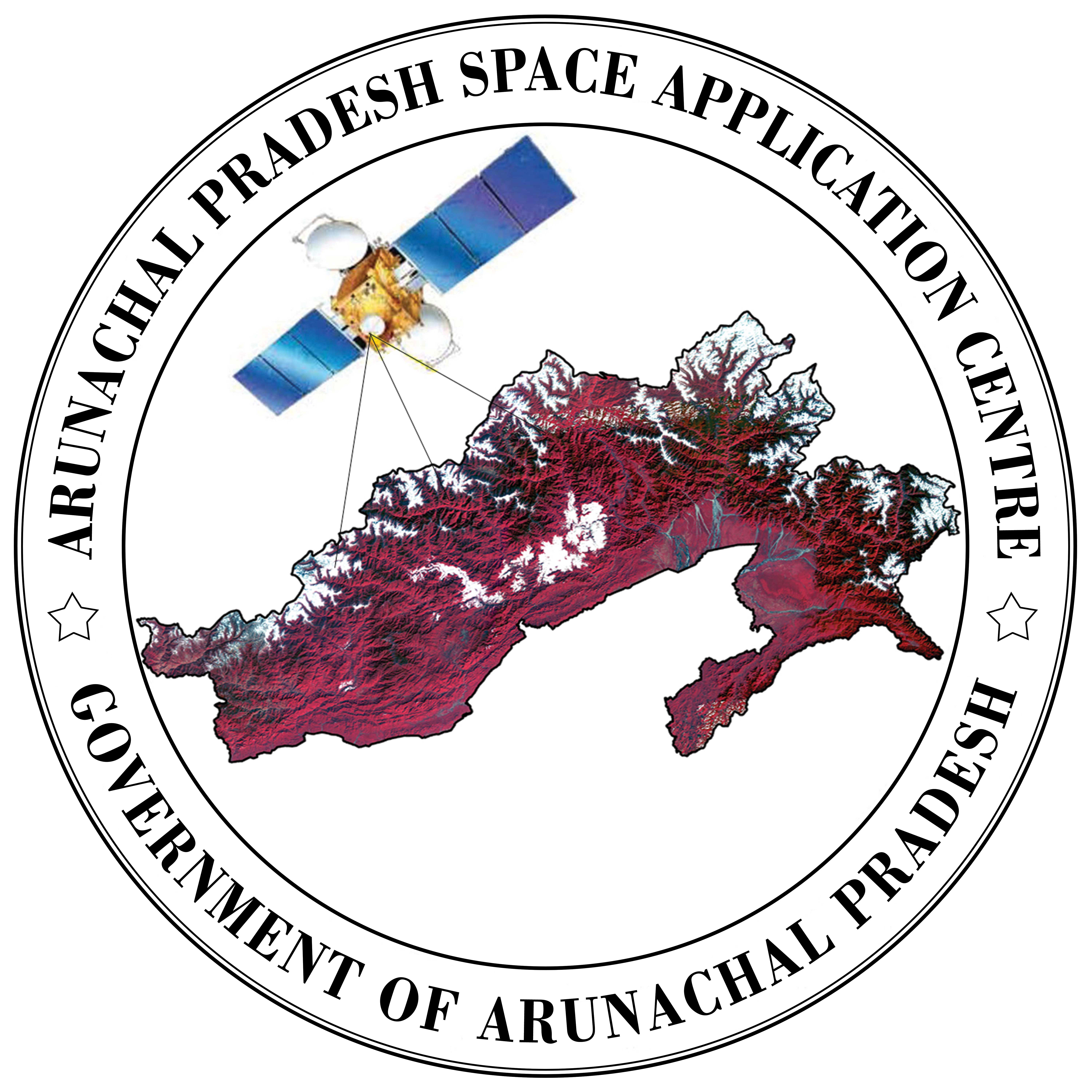Frequently Asked Questions
1. What is Remote Sensing?
A. Remote Sensing is is the process of detecting and monitering the physical characteristics of an area by measuring its reflected anad emitted radiation ata a distance.
2. What is an example of Remote sensing satellite?
A. Instrumentation abroad various Earth observing and weather satellites such as Landsat, the Nimbus and more missions such as RADARSAT and UARS provide global measuremnets of various data for civil, research and military process
3. What is remote sensing and its types?
A. There are two types of remote sensing technology, active and passive remote sensing. Active sensors emit energy in order to scan objects and area wherupon a sensor then detects nad measures the radiation that is reflected or backscattered from the target.
4. What are the principals of remote sensing?
A. ODetection and discrimination of objects or surface features means detecting and recording of radiant energy reflected or emitted by objects or surface materials.
Online registration also allows job seekers to search for suitable jobs and to update their qualification and other details online.
5. Why is remote sensing important?
A. The advantage of remote sensing include the ability to collect information over large spatial areas, to characterize natural features or physical objects on the ground; to observe surface areas and objects on a systematic basis and moniter their changes over time; and the ablility to integrate this data with other.
6. Is GPS a Remote sensing ?
A. Remote Sensing is a GIS data collection and processing technique. GPS(Global Positioning System) is a way to assign a location to point on the Earth. Remote sensing is the use of sensors on the board either planes or satellites to collect data usually in a grid like pattern of pixels called raster data. ?


